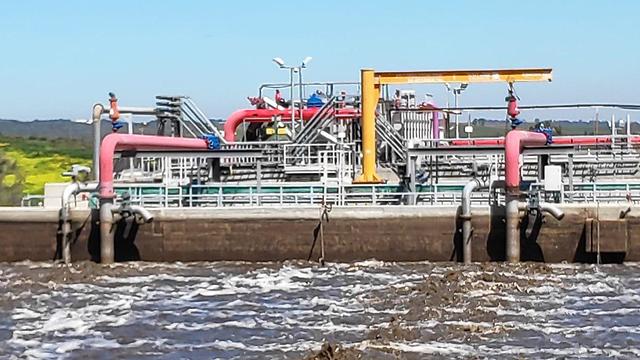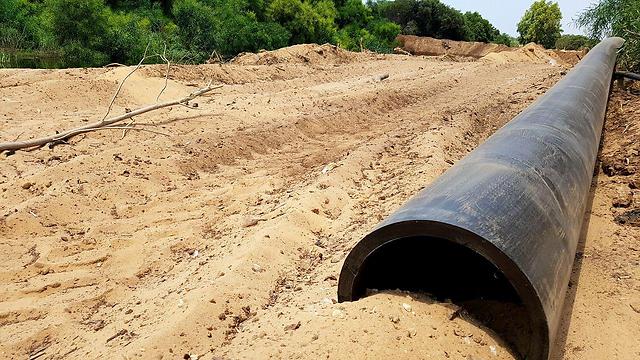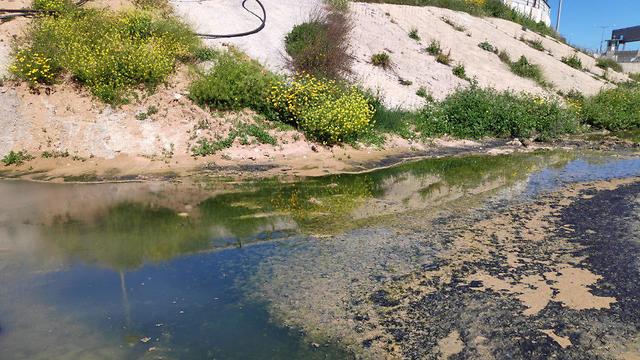

Israel to build new sewage pipeline to divert waste from Gaza
For two years, the residents of Sderot and the rest of the Negev have been dealing with a grim environmental hazard: waste water from Gaza flowing into the region; the solution - a new underground sewage pipeline costing NIS 15 million - will trap the waste water and prevent contamination
The solution to pollution from the Gaza Strip: On Tuesday, the Regional Committee for Planning and Building for the Western Negev gave final approval to the laying of a sewage pipeline that will divert waste coming from Beit Lahia and Beit Hanoun in the north of the Gaza Strip. The pipeline will carry the waste directly to the Sderot sewage treatment plant.
The difficult humanitarian situation in the Strip led to the collapse of the Gazan sewage treatment plant. Since then, Palestinians have been pouring the waste from the communities directly into Israeli territory via Hanoun River, next to Erez Border Crossing.
The daily stream of thousands of cubic meters of waste represents a grim environmental hazard, which causes bad odors and the contamination of the soil. As a result, Israel has no choice but to divert the sewage, due to worries about the contaminating the ground water of the nearby coastal aquifer from which Mekorot, a national water company, pumps drinking water.
A temporary solution was found to this difficult problem: the Israel Water Authority built a device on the banks of Hanoun River that pumped out the waste water from Gaza and transported it through an elevated pipe to the central sewage pipeline of Kibbutz Erez, and from there to the treatment plant of Sderot and of Sha'ar Hanegev Regional Council.
However, the temporary solution caused enormous pressure on the Kibbutz Erez sewage pipe, which led to it occasionally bursting and contaminating the environment.
Now a permanent solution has been approved in the form of an underground sewage pipe that will divert the waste from the northern neighborhoods of the Gaza Strip. The 12-inch pipe will run 15 kilometers, and cost more than NIS 15 million.
The cost of the pipe will likely be deducted from the monies transferred by Israel to the Palestinian Authority. Work on the pipeline will be started in the coming days.
The new pipeline will run alongside the border with the Gaza Strip, through the agricultural fields of the Israeli border communities, underneath the railway tracks to Sderot, and finally it will connect to the sewage treatment plant.
The Sha'ar Hanegev Regional Council officials responsible for advancing the permit on Tuesday were Ofir Libstein, its chairman; Yossi Keren, the vice chair; and David Rosenberg, from the engineering and water department.
"Given the current situation, this is the best solution in order to ensure the health of the Israeli residents living on the border of the Gaza Strip, as well as the integrity of the environment in the face of dangerous contamination," Rosenberg said.
"It's two years now that we have been dealing with the waste streaming in from Gaza via Hanoun River, and it's a difficult problem that the local authority must deal with on a daily basis," the said.
"The release of waste is a concrete danger to people's health, and with the laying of the pipeline, we will be better equipped to deal with this threat."


















